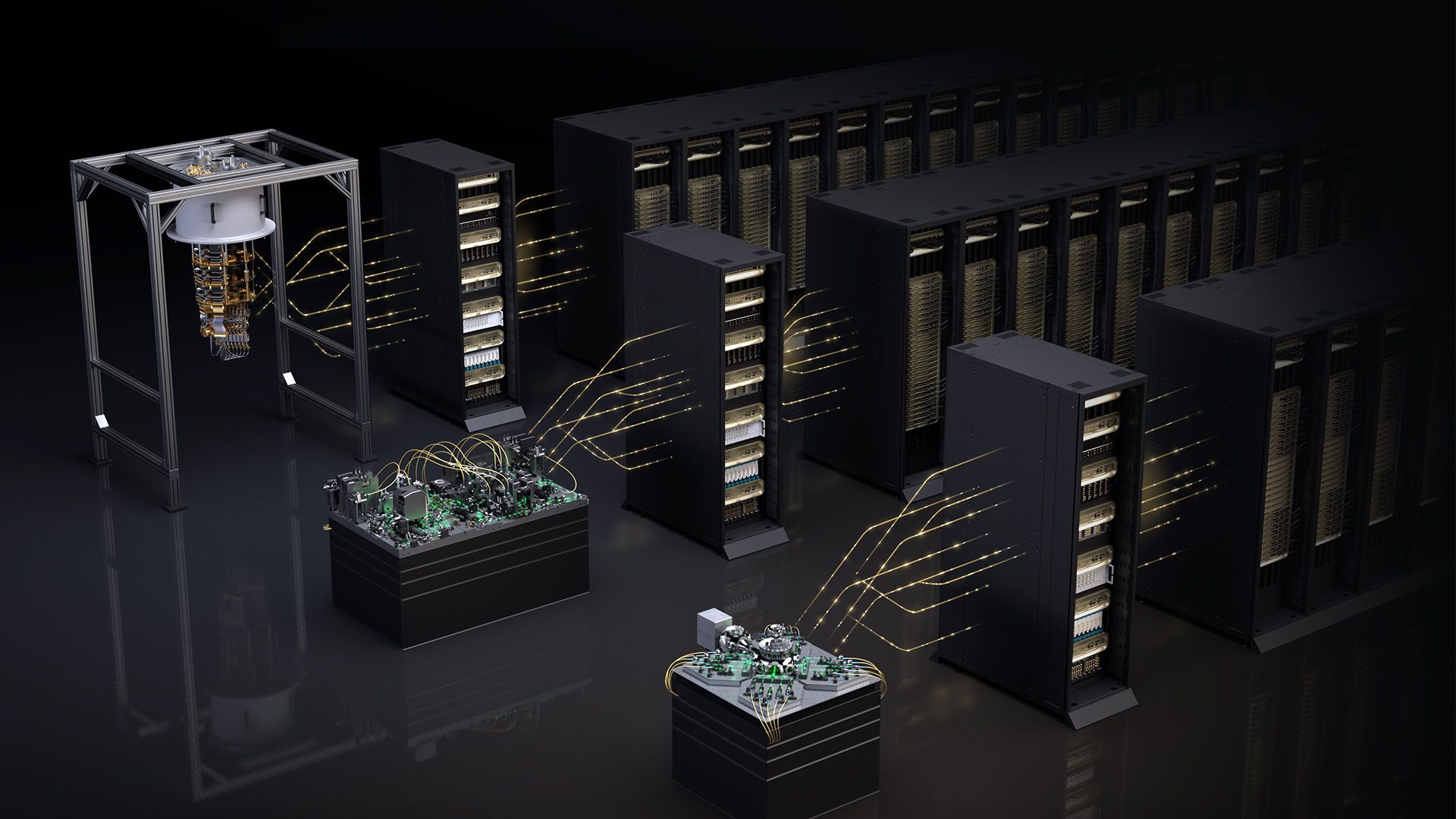NVIDIA just made its boldest telecom bet yet, announcing a $1 billion investment in Nokia to jointly build AI-powered 6G networks. The partnership positions the duo to capture a slice of the $200 billion AI-RAN market by 2030, while T-Mobile commits to testing the technology starting in 2026. This isn't just another partnership - it's NVIDIA's play to control the infrastructure powering America's next-generation wireless networks.
NVIDIA is betting big on the future of wireless - and it's putting $1 billion where its mouth is. The chip giant's massive investment in Nokia announced today isn't just about money; it's about seizing control of the AI-powered infrastructure that will define 6G networks.
The partnership comes at a critical moment. Mobile AI traffic is exploding - nearly 50% of ChatGPT's 800 million weekly users access the service via mobile devices, with monthly app downloads exceeding 40 million. Traditional cellular infrastructure isn't built for this AI surge, creating a massive opportunity for companies that can solve the connectivity bottleneck.
"Telecommunications is a critical national infrastructure - the digital nervous system of our economy and security," NVIDIA founder and CEO Jensen Huang said during the announcement at GTC Washington. "Together with Nokia and America's telecom ecosystem, we're igniting this revolution, equipping operators to build intelligent, adaptive networks that will define the next generation of global connectivity."
The numbers tell the story of why this matters. The AI-RAN market represents a significant slice of the broader RAN market that's expected to exceed $200 billion cumulatively by 2030, according to analyst firm Omdia. That's not just growth - that's a complete platform shift from traditional cellular infrastructure to AI-native networks.
Nokia CEO Justin Hotard frames it as more than an incremental upgrade: "The next leap in telecom isn't just from 5G to 6G - it's a fundamental redesign of the network to deliver AI-powered connectivity, capable of processing intelligence from the data center all the way to the edge."
The technical centerpiece is NVIDIA's new Aerial RAN Computer Pro (ARC-Pro), a 6G-ready platform that combines connectivity, computing, and sensing capabilities. Unlike traditional base station equipment, ARC-Pro enables carriers to upgrade from 5G-Advanced to 6G through software updates rather than hardware replacements - a potentially massive cost advantage.


